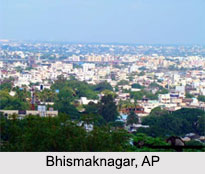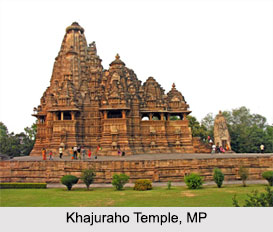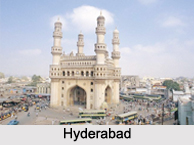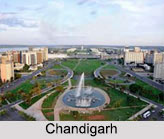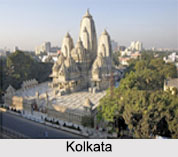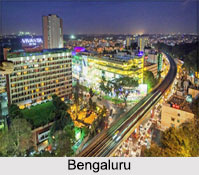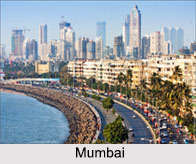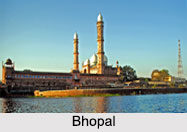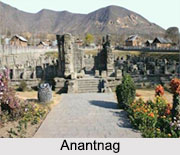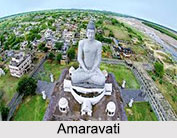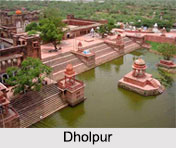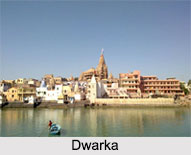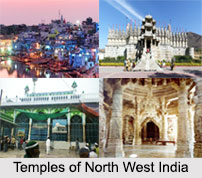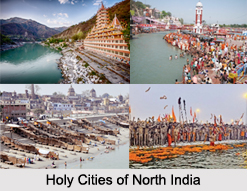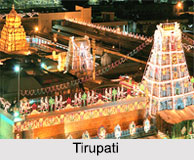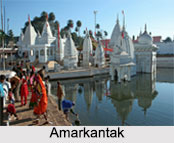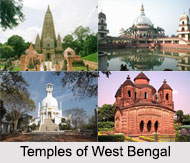 Nalanda University is located in Rajgir of Nalanda district of Bihar. It was an acclaimed Mahavihara, a large Buddhist monastery in ancient Magadha.
Nalanda University is located in Rajgir of Nalanda district of Bihar. It was an acclaimed Mahavihara, a large Buddhist monastery in ancient Magadha.
The history of Nalanda begins under the Gupta Empire and a seal identifies a monarch named Shakraditya as its founder of Gupta regime.
Chinese traveller Hiuen Tsang and a Korean pilgrim named Prajnyavarman attribute the foundation of a monastery at the site to him. Shakraditya is identified with the 5th-century Gupta emperor, Kumaragupta I, whose coin has been discovered at Nalanda.
The successors of Gupta Empire, Buddhagupta, Tathagatagupta, Baladitya, and Vajra, later extended and expanded the institution by building additional monasteries and temples.
Origin of Guptas
The Guptas were traditionally a Brahmanical dynasty. Narasimhagupta however, was brought up under the influence of the Mahayanist philosopher, Vasubandhu. He built a monastery at Nalanda and also a 300 ft high vihara with a Buddha statue within which resembled the "great Vihara built under the Bodhi tree". The Chinese monk also noted Baladitya`s son, Vajra, who commissioned a monastery near Nalanda.
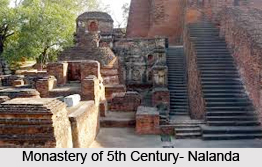 Foundation of Nalanda
Foundation of Nalanda
Nalanda was founded by Kumaragupta I of the Great Gupta Dynasty. Nalanda was flourished during the regime of several rulers like Sakraditya, as well as Buddhist emperors like Harshavardhana, the powerful ruler of Kannauj and emperors from the Pala Dynasty from Bengal (now modern West Bengal and Bangladesh) Emperor Ashoka and Harshavardhana were some of its most celebrated patrons who built temples, monasteries and viharas here. Harshavardhana donated a 26 metres high copper image of the Buddha and Kumaragupta endowed a college of fine arts here.
Post Gupta Period and Nalanda
Guptas decline in the early phase of middle ages. The post-Gupta period saw a long succession of kings who continued building at Nalanda using all the skills of the sculptor. At some point, a king of central India built a high wall along with a gate around the now numerous edifices in the complex. Another monarch of Maukhari dynasty named Purnavarman who is described as "the last of the race of Ashoka", erected an 80 ft (24 m) high copper image of Buddha to cover where he also constructed a pavilion of six stages.
Emergence of Harshavardhana and Nalanda
However, after the decline of the Guptas, the most notable patron of the Nalanda Monastery was Harshavardhana, the 7th century emperor of Kannauj. Harshavardhana, was a converted Buddhist and considered himself a servant of the monks of Nalanda. He built a monastery of brass within the Mahavihara and remitted to it the revenues of 100 villages. He also directed 200 households in these villages to supply the institution`s monks with requisite amounts of rice, butter, and milk on a daily basis. Around a thousand monks from Nalanda were present at Harsha`s royal congregation at Kannauj.
